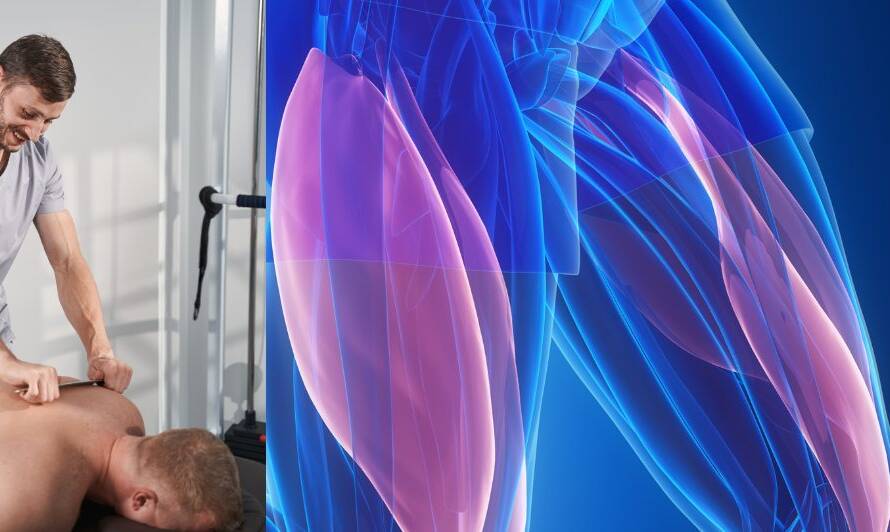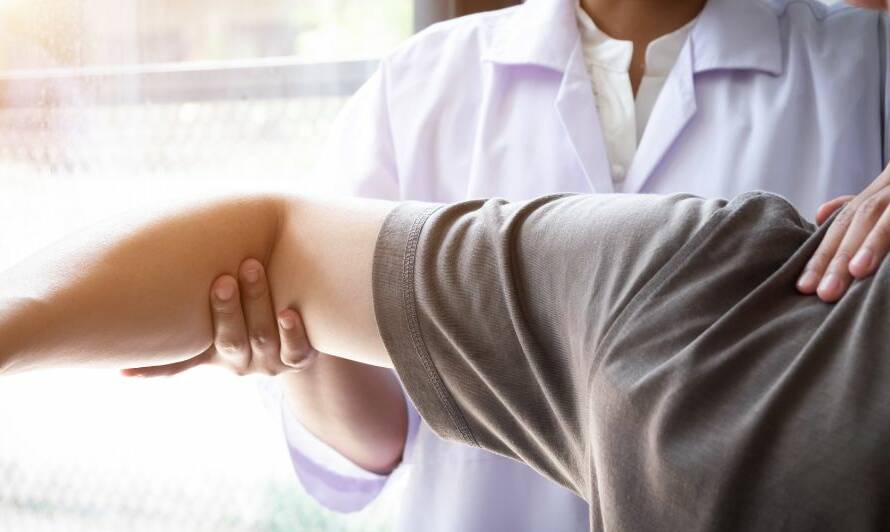Arthritis is a chronic condition that affects millions of people worldwide, causing pain, stiffness, and swelling in the joints, and limiting the ability to perform daily activities. While there are many treatment options available for arthritis, some people seek alternative therapies to supplement or replace conventional medicine. One such therapy is known as Hijama or wet cupping, a traditional healing method that involves placing cups on the skin to create a vacuum, drawing blood to the surface and promoting healing. This article explores Hijama for arthritis, providing an overview of the technique, its benefits, and how it works, as well as information on preparing for a session, what to expect during treatment and aftercare.
Understanding Arthritis: Types, Symptoms, and Causes
Why Arthritis is a Growing Health Concern?
Arthritis is a common health condition that affects people of all ages. It is estimated that about 10 million people in the United Kingdom suffer from arthritis, and this number is expected to increase. Arthritis is a growing health concern because it can cause chronic pain, disability, and reduced quality of life.
Types of Arthritis causes & Symptoms
There are various types of arthritis, but the 2 most common types are osteoarthritis and rheumatoid arthritis. Osteoarthritis is a degenerative joint disease that affects the cartilage and bones in the joints. Rheumatoid arthritis is an autoimmune disease that causes inflammation in the joints, leading to pain and stiffness.
The symptoms of arthritis vary depending on the type of arthritis, but they typically include joint pain, stiffness, and swelling. Other symptoms may include fatigue, fever, and weight loss. In some cases, arthritis can also affect the eyes, skin, lungs, and other organs.
The causes of arthritis depend on the type of arthritis. Osteoarthritis is caused by wear and tear on the joints over time, while rheumatoid arthritis is an autoimmune disease that occurs when the immune system attacks the joints. Other types of arthritis may be caused by infections, injuries, or genetic factors.
What On EARTH IS Hijama or Cupping Therapy?
Hijama cupping is an ancient healing practice that dates back to the time of Prophet Muhammad (peace be upon him). It involves placing cups on the skin to create suction, which draws blood and other fluids to the surface of the skin. This practice has been used for centuries in traditional Chinese, Egyptian, and Arabic medicine.
There are several techniques of Hijama cupping, including dry cupping, wet cupping, and fire cupping. Dry cupping involves placing cups on the skin without making any incisions. Wet cupping involves making small incisions on the skin and then placing cups to draw out small amounts of blood. Fire cupping involves placing cups on the skin and then heating the cups with a flame to create suction.
Hijama is gaining popularity because it is a natural and non-invasive therapy that can help alleviate a wide range of health problems, including arthritis, back pain, migraines, and digestive issues. It is also a safe and affordable therapy that can be done at home or with a trained practitioner.
How does Cupping Help Arthritis?
Cupping Therapy works for arthritis by improving blood circulation in the affected joints and reducing inflammation. When cups are placed on the skin, they create suction, which draws blood and other fluids to the surface of the skin. This increases blood flow to the affected area, which can help reduce pain and stiffness.
Hijama cupping can help alleviate arthritis pain by reducing inflammation in the joints. Inflammation is a common cause of pain and stiffness in arthritis, and hijama cupping can help reduce inflammation by drawing toxins and waste products from the muscles and joints.
Benefits of Hijama Cupping for Arthritis
Relieves Stiffness and Pain – Hijama cupping can help relieve stiffness and pain in the joints by improving blood circulation and reducing inflammation. This can make it easier for people with arthritis to move their joints and perform daily activities.
Reduces Inflammation in the Joints – Inflammation is a common cause of pain and stiffness in arthritis. Hijama cupping can help reduce inflammation by drawing toxins and waste products from the muscles and joints.
Promotes Circulation and Immune System Function – Hijama cupping can help promote circulation and immune system function, which can help improve overall health and well-being.
Reduces the Need for Pain Medication – Hijama cupping can help reduce the need for pain medication by providing a natural and non-invasive therapy for people with arthritis. This can help reduce the risk of side effects associated with pain medication.
In conclusion, Hijama cupping may be suitable for those with arthritis who have not experienced significant improvement with traditional treatments. However, it is important to consult with a certified practitioner before proceeding with Hijama cupping.
Hijama cupping has been found to improve joint mobility, reduce pain and inflammation, and promote overall well-being. While it may not be suitable for everyone and should not replace conventional medicine, it can be an effective complementary treatment that helps reduce pain, inflammation, and stiffness in the joints. With the right preparation, guidance from a certified practitioner, and proper aftercare, Hijama cupping can provide many benefits and improve the quality of life for those living with arthritis.
FAQ
How often should I have hijama cupping for arthritis?
The frequency of Hijama cupping sessions for arthritis varies depending on the severity of the condition and the individual’s response to treatment. Some people may need more frequent sessions initially, while others may require less frequent sessions. A certified practitioner can recommend a treatment plan that is tailored to your specific needs.
Can hijama cupping cure arthritis?
Hijama cupping is not a cure for arthritis, but it can provide relief from pain, stiffness, and inflammation in the joints. It is a complementary therapy that works alongside conventional medicine to improve overall health and well-being.





1 Comment
Fitspresso
I simply could not go away your web site prior to suggesting that I really enjoyed the standard info a person supply on your guests Is going to be back incessantly to investigate crosscheck new posts